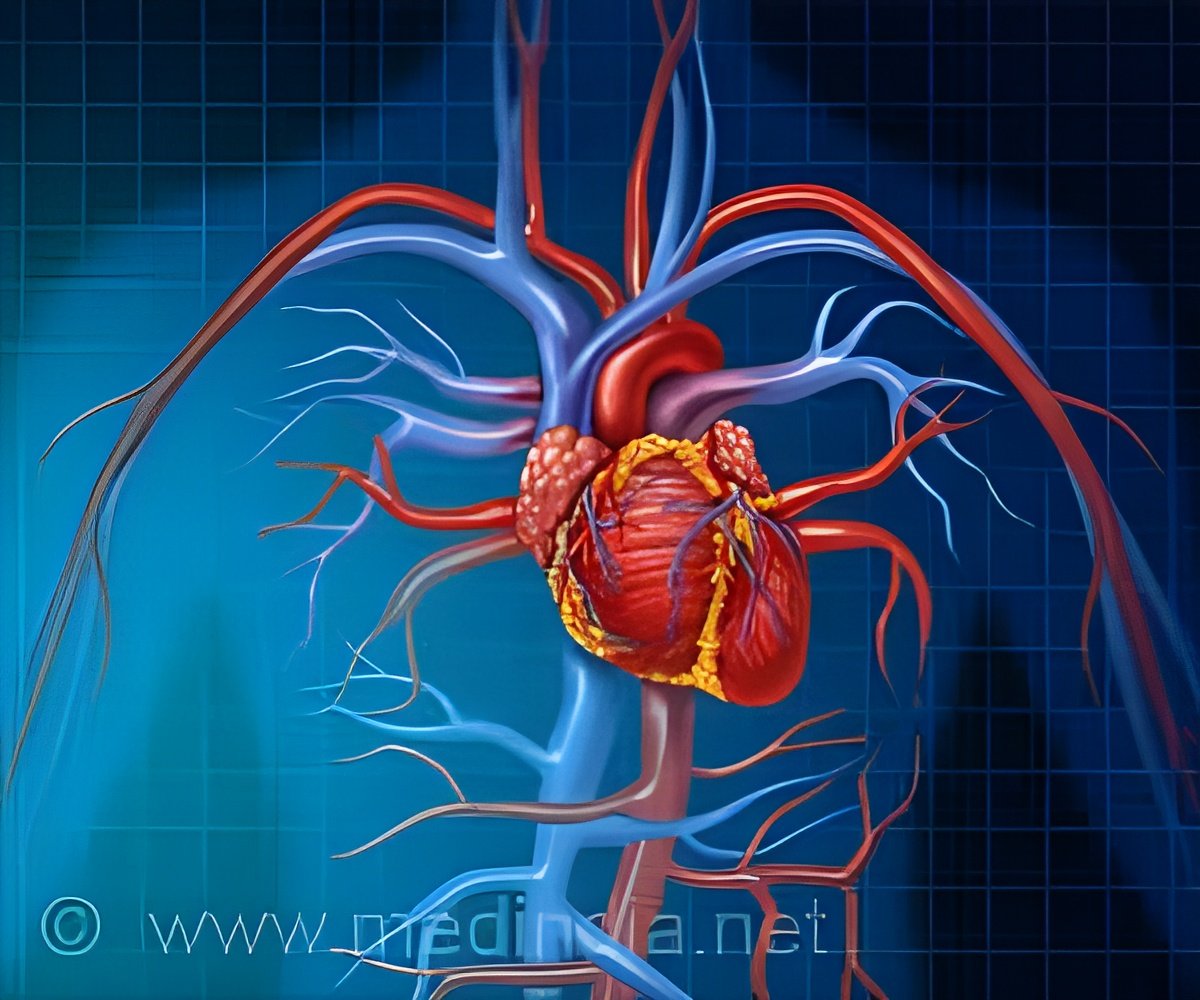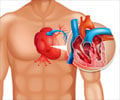Experts call for immediate action to reduce time to restoring blood flow in heart attack patients.

‘Shortening the time between a patient's first contact with a medical professional and their percutaneous coronary intervention decreases fatality.’





The researchers found a steep increase in deaths the longer it took for patients to receive PCI and that one death in every 12 patients could be prevented when they were treated within the recommended time of less than 90 minutes. A fifth of all patients who received PCI between 150 to 180 minutes after their first contact with a medical professional died. The research was carried out in 12,675 patients with STEMI - the most severe type of heart attack where part of the heart muscle has died due to lack of blood supply - who used emergency medical services transportation to hospital and were treated with PCI in Germany between 2006 and 2015.
Professor Karl Heinrich Scholz, head of the Department of Cardiology at St Bernward Hospital at Hildesheim (Germany), who led the research, said: "The most important finding of our study is that STEMI patients presenting with cardiogenic shock are more likely to survive if they receive rapid percutaneous coronary intervention. In this high-risk patient group, every ten-minute treatment delay was accompanied by 3.3 additional deaths, and this treatment-delay-related increase in mortality was ten-fold higher as compared to STEMI patients presenting with more stable conditions. This means that, especially in shock patients and in patients with cardiac arrest, maximum efforts are necessary to optimise processes of care to shorten the time to treatment and improve their outcome."
In an editorial to accompany the paper, Professor William Wijns of the Lambe Institute for Translational Medicine and Curam at the National University of Ireland, (Galway, Ireland), and Professor Christoph Naber of University Hospital Essen (Germany), write: "The importance of this work cannot be overemphasized.....The present data demonstrate that time matters even more than we are used to think...The present data call for immediate action....Reducing treatment delays as much as possible in all, but especially in patients with CS [cardiogenic shock] and/or OHCA [out-of-hospital cardiac arrest], should be our immediate next objective."
Prof Scholz and his colleagues analysed data from the Feedback Intervention and Treatment Times in ST-Elevation Myocardial Infraction (FITT-STEMI) trial which, by 2015, involved 48 hospitals throughout Germany. Prof Scholz started the trial and is the principal investigator. All the hospitals had to be capable of carrying out PCI, and all STEMI patients arriving at the hospitals between January 2006 and 30 November 2015 were enrolled in the trial. Patients who were treated within 360 minutes from the time of first contact with a medical professional were included in the analysis.
Advertisement
When the emergency medical services (EMS) are called out to a patient with a suspected heart attack in Germany, a doctor trained in emergency medicine accompanies them. This enables a diagnosis to be made promptly and the doctor can call ahead to the nearest hospital with an on-call PCI team so that they can be ready to treat the patient the moment he or she arrives. This can save more than 15 minutes in time to treatment. Bypassing the emergency department and going straight to the PCI team saved an average of 33 minutes in this study.
Advertisement
But regardless of what EMS transportation system is used, Prof Scholz says the results from the study apply everywhere. "Our results clearly indicate that, in patients with acute STEMI, the time from first medical contact to restoring blood flow via balloon insertion is a strong predictor of survival. Any effort to shorten this time interval is beneficial for STEMI patients. Given that other health services have similar sophisticated EMS teams and high numbers of PCI centres, I believe that our results in patients with cardiogenic shock can be extrapolated to many other European countries. However, regardless of whether or not the EMS are physician-manned or exclusively paramedics-staffed, maximum efforts are needed to shorten the time from first medical contact to balloon insertion in all STEMI patients, especially in those presenting with shock.
"To this end, it is important to avoid transportation of STEMI patients to unsuitable hospitals without PCI capability, and to circumvent admission to emergency departments or intensive care units, which will all delay the time to PCI treatment."
The way patients are taken to hospital is one of the limitations of the study in terms of its applicability to other countries. Other limitations of the study include the fact that patients who died may have been sicker than those who survived; that the study can only show an association between time to treatment and the chances of survival, not that one causes the other; that there may be unknown factors that might affect the results such as the quality of chest compressions and other additional treatments; and that the researchers do not know how the introduction of standardised data assessment and systematic interactive feedback to all staff in hospitals participating in the trial might have benefitted patients in this trial compared to those treated elsewhere.
Prof Scholz concludes: "We believe that quality improvement measures with standardised data registration, systematic analysis and interactive feedback, which are all important components of the FITT-STEMI study protocol, should be implemented in all local treatment networks in order to maintain a long-lasting impact on mortality in all STEMI patients."
Source-Eurekalert














